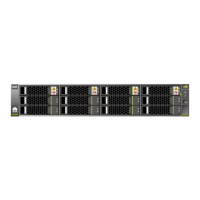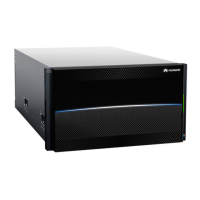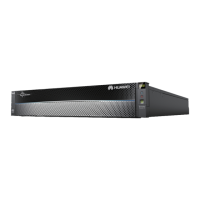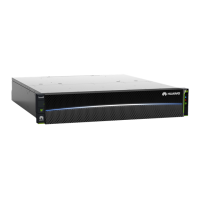You can synchronize data from a remote storage system to a local storage system. The data
includes status and name of the secondary resource, name of the remote storage system, and
so on.
6.8 Deleting a Remote Replication Pair
Once a remote replication pair is deleted, the replication relationship between the primary
resource and the secondary resource is deleted, and data on the primary resource will no
longer be copied to the secondary resource.
6.9 Viewing Remote Replication Performance Indicators
After an asynchronous remote replication pair is created and the pair status is normal, you can
view real-time performance indicators such as bandwidth, time past since last
synchronization, synchronization duration, and time difference (RPO).
6.1 Viewing Information of Remote Replication Pairs
This operation enables you to view information about existing remote replication pairs, so that
you can effectively monitor the status of remote replication.
Procedure
Step 1 Log in to DeviceManager.
Step 2 Choose
Data Protection > Remote Replication > Remote Replication Pair.
Step 3 View the information about remote replication pairs. Table 6-1 describes related parameters.
NOTE
On the remote replication management page, you can do the following:
l Click and select the pair information items you want to view.
l Click Refresh to refresh remote replication pair information.
l Enter keywords to search for the desired remote replication pair information.
Table 6-1 Remote replication parameters
Parameter
Description
Local Resource Name Name of a local resource.
Local Resource ID ID of a local resource.
Remote Resource Name Name of a remote resource.
Remote Resource ID ID of a remote resource.
Remote Device Name Name of a remote device.
Remote Device SN SN of a remote device.
Pair ID ID of a remote replication pair.
OceanStor V3 Series
Remote Replication Feature Guide for Block
6 Managing Remote Replication
Issue 06 (2018-01-30) Huawei Proprietary and Confidential
Copyright © Huawei Technologies Co., Ltd.
103

